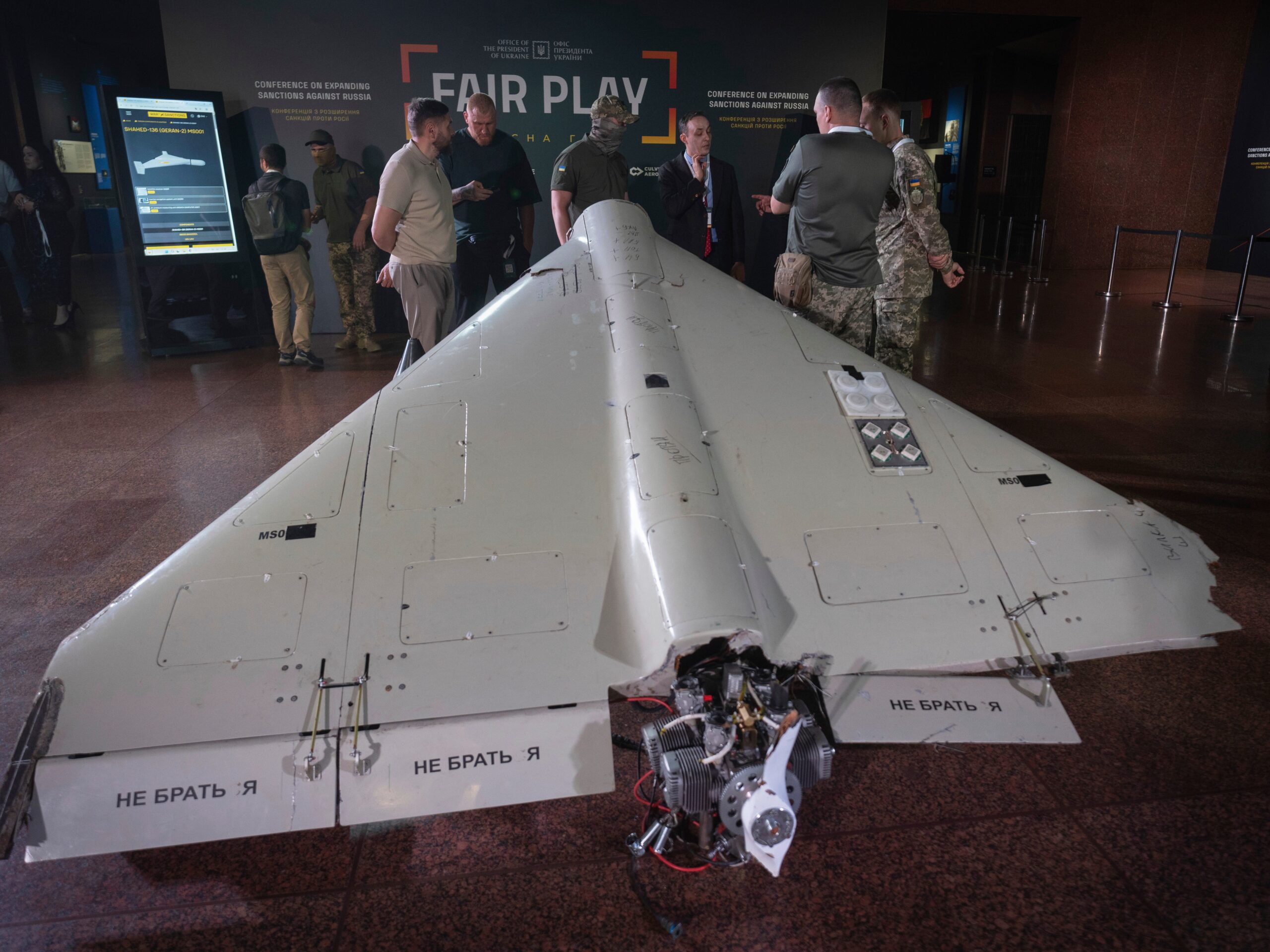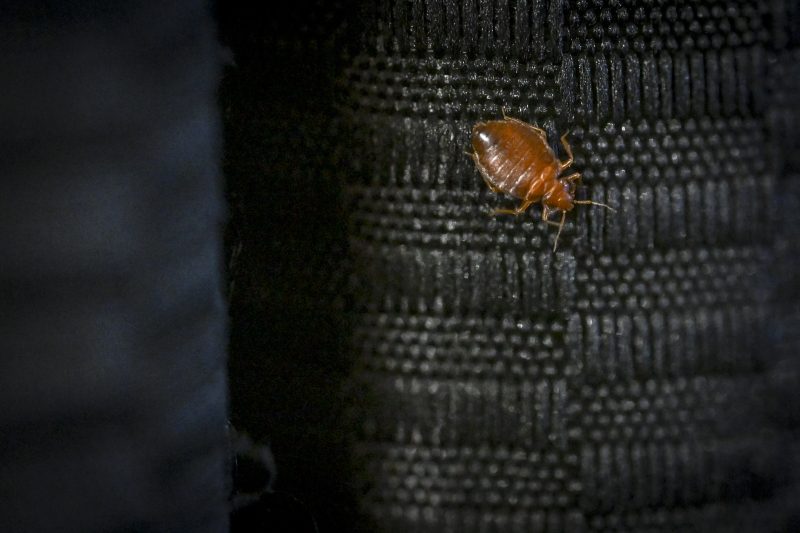Russia Pushes Drone Production, Aiming for 2,000 Attacks Nightly

UPDATE: Russia is dramatically escalating its drone warfare capabilities, with a goal of launching 2,000 Shahed drones in a single night, according to recent assessments from Western officials. The urgency of this development cannot be overstated as Ukraine faces an unprecedented surge in nightly drone attacks.
In a revealing interview aired on Saturday, Maj. Gen. Christian Freuding, of the German defense ministry, stated that Russia is “striving to further increase production capacity” of its one-way attack drones. He emphasized that the goal is to deploy 2,000 drones simultaneously, a stark increase from previous months.
The Institute for the Study of War echoed these concerns, noting that Russia’s usage of Shahed drones has risen by 31% each month during June and July. Analysts predict that if this trend continues, Russia could achieve its ambitious target by November 2025. The implications for Ukraine are dire, especially considering that the country was already facing nightly assaults of up to 728 drones earlier this month.
As Russia ramps up its drone production, Ukraine and its allies are under increasing pressure to enhance their air defenses. Freuding warned that reliance on costly Western interceptors like the Patriot system—which costs approximately $1.1 billion—is impractical against the sheer volume of incoming drones. He stated, “We essentially need countermeasures that cost two, three, four thousand euros.”
Amidst this escalating crisis, Robert “Madyar” Brovdi, commander of Ukraine’s Unmanned Systems Forces, expressed concern over the potential for Russia to launch “1,000 units per day and more,” highlighting the urgency for effective countermeasure strategies.
Russia’s Shahed drones, designed in Iran, have an estimated range of 600 to 1,200 miles and are becoming critical tools in its military operations. Reports indicate that Russia has been manufacturing its own versions of these drones locally at the Yelabuga Special Economic Zone since early 2023, with some components reportedly sourced from China.
In April, satellite imagery showed that the area dedicated to Shahed production has doubled since last year, reflecting Moscow’s heavy investment in its domestic production capabilities. Meanwhile, Ukraine has attempted to target these production facilities with its own long-range drones, though significant damage remains unconfirmed.
As the situation intensifies, Kyiv’s military intelligence has revealed that it has identified production markings linked to another facility in the city of Izhevsk, potentially indicating further production lines.
Looking ahead, Ukraine’s military strategy is evolving in response to these escalating threats. Currently, they are employing a multilayered air defense network that includes surface-to-air missiles and mobile fire units. However, the dual threat of ballistic missiles fired alongside Shahed drones necessitates advanced defense systems like the Patriot for effective interception.
As Ukraine seeks more support, it is clear that the balance of power is rapidly shifting. The international community must act swiftly to provide necessary resources to counteract Russia’s growing drone assault capabilities. The stakes are higher than ever, and the world watches closely as this situation develops.






